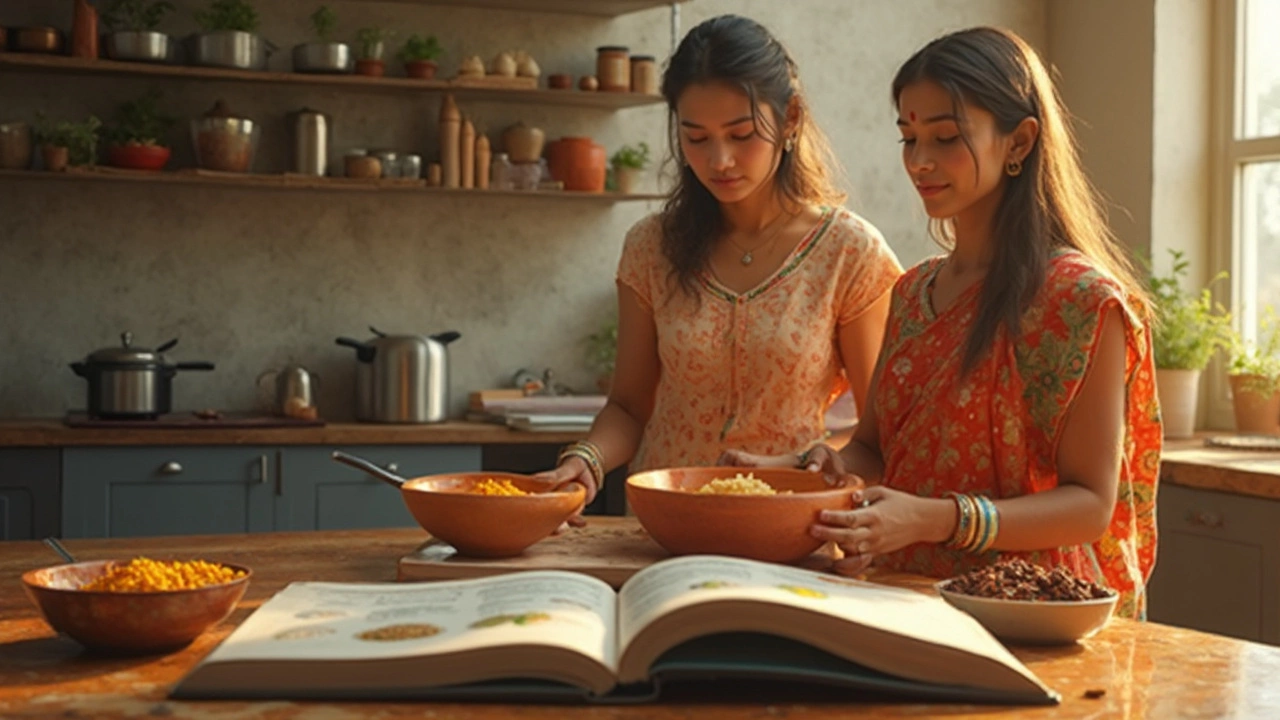Dal Texture: Master the Soft, Creamy Consistency Every Time
Ever wondered why some dal turns out mushy while other batches stay grainy? The difference is mostly about how you treat the lentils before and during cooking. Below are the practical steps that guarantee a smooth, spoon‑ready dal without any mystery.
Prep Basics: Rinse, Soak, and Size Matters
First thing – give the dal a quick rinse. A handful of water in a bowl, stir, and pour out the cloudy liquid. This removes dust and excess starch that can make the dal gummy. Next, soak the lentils for 20‑30 minutes if you’re using split varieties like toor or moong. Soaking shortens cooking time and helps the lentils cook evenly. If you’re in a rush, skip soaking but add a little extra water and keep an eye on the pot.
Cooking Techniques: Water Ratio, Heat, and Timing
The water‑to‑dal ratio is the secret sauce. A good rule is 3 cups of water for every cup of split dal, and 4‑5 cups for whole dal such as chana. Start on high heat until it whistles, then drop to a gentle simmer. A slow simmer lets the lentils break down without the outer layer turning hard. If you have a pressure cooker, set it to 1 whistle for split dal and 2‑3 whistles for whole dal – this gives that creamy texture in minutes.
Don’t forget to stir occasionally. A wooden spoon works best; it prevents the bottom from sticking and stops a layer of burnt flavor forming. If the dal looks too thick, splash in a little warm water. If it’s too runny, keep simmering uncovered; the excess liquid will evaporate and the texture will thicken.
Now, flavor it right. Add a pinch of turmeric at the start – it brightens the dal and works with the heat. When the dal is almost done, toss in a tempering of cumin seeds, mustard seeds, garlic, and a dash of dried red chili in hot oil. This not only adds aroma but also a bit of extra oil that makes the dal feel richer.
Finally, let the dal rest for a few minutes after turning off the heat. The residual steam finishes any last‑minute softening. Serve hot with a drizzle of ghee if you like extra richness.
Follow these steps, and you’ll never wonder about dal texture again. Whether you’re whipping up a quick lunch or preparing a festive feast, the same fundamentals apply. Soft, creamy, and perfectly seasoned – that’s the dal you want on the table.
What Happens If You Don't Soak Dal? Real Kitchen Answers
Ever wondered if soaking dal is really necessary? This article covers what happens when you skip the soak, how it changes your cooking time, flavor, and texture, and what it means for digestion. You’ll find real-life tips for busy days and ways to get tasty dal without waiting hours. Learn the science behind soft dal and get answers to kitchen shortcuts that save time.
